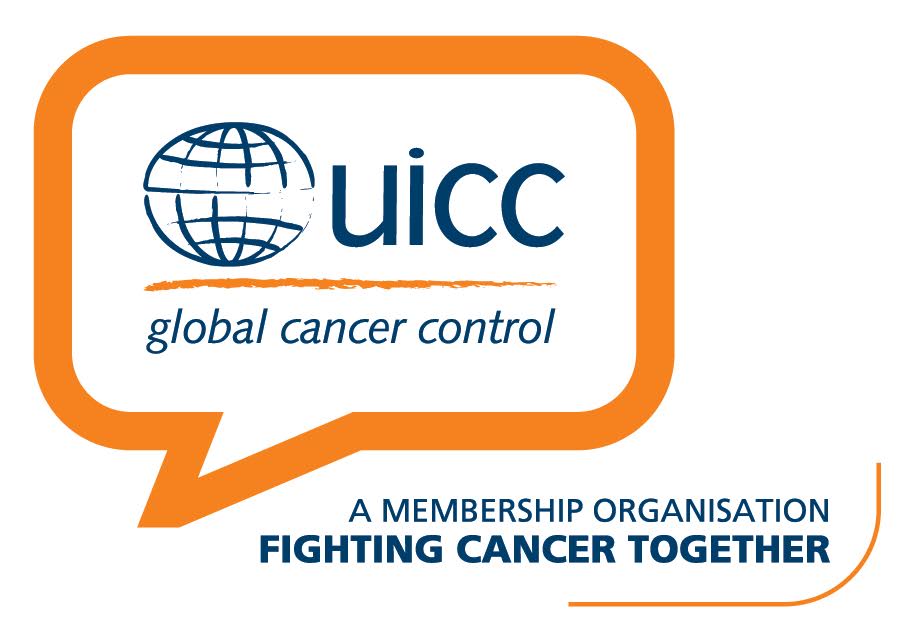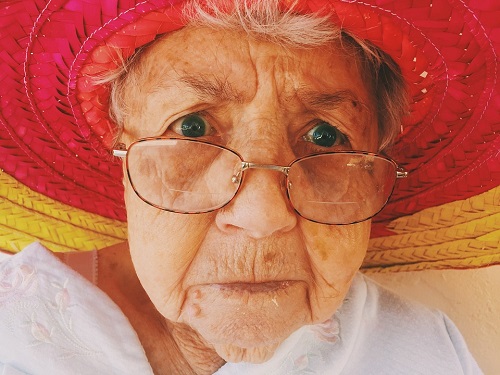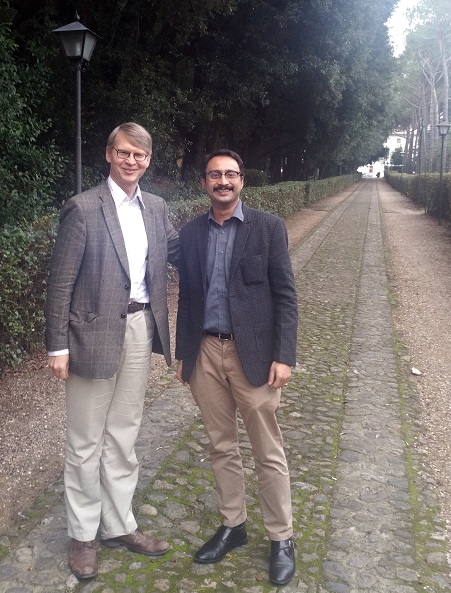Eye Cancer Foundation Joins Union for International Cancer Control
The Eye Cancer Foundation has joined forces with Union for International Cancer Control.
UICC is the largest and oldest international cancer organization. It has over 1,000 members and 56 partners spanning 162 countries. UICC features the world’s major cancer societies, ministries of health, research and treatment institutions, patient groups, and industry leaders.
Membership in UICC will help expand the reach of The Eye Cancer Foundation’s work by linking it into a worldwide network of individuals and organizations committed to fighting cancer.
“UICC is working with over 130 cancer agencies around the world. The Eye Cancer Foundation is pleased to announce our membership as one of those agencies, and to recieve UICC endorsement of the ECF-sponsored Second Eye Cancer Working Day to be held in in Sydney, Australia, on March 24, 2017. Both the ECF and UICC plan to work toward close cooperation on international initiatives in the future,” ECF Chairman Dr. Paul Finger said.
UICC’s work is guided by nine targets to reduce cancer worldwide, set by the World Cancer Declaration. The goal is to achieve all nine targets by 2025.
- Strengthen health systems for effective cancer control.
- Measure cancer burden and impact of cancer plans in all countries.
- Reduce exposure to cancer risk factors.
- Universal coverage of HPV and HBV vaccinations.
- Reduce stigma and dispel myths about cancer.
- Universal access to screening and early detection of cancer.
- Improve access to services across the cancer care continuum.
- Universal availability of pain control and distress management.
- Improve education of training and health care professionals.
Dr. Finger has already contributed to UICC work. He uthored the eye cancer sections of the UICC Manual of Clinical Oncology – 9th edition.
ECF membership in UICC will create a mutually beneficial relationship. The work of The Eye Cancer Foundation will help UICC achieve its target goals. Membership in this worldwide network will broaden the impact of ECF programs like the 2020 Campaign to strategically train and place eye cancer specialists in underserved regions around the world!
Membership in UICC is an exciting step for The Eye Cancer Foundation, and we look forward to contributing to the organization’s goals.














